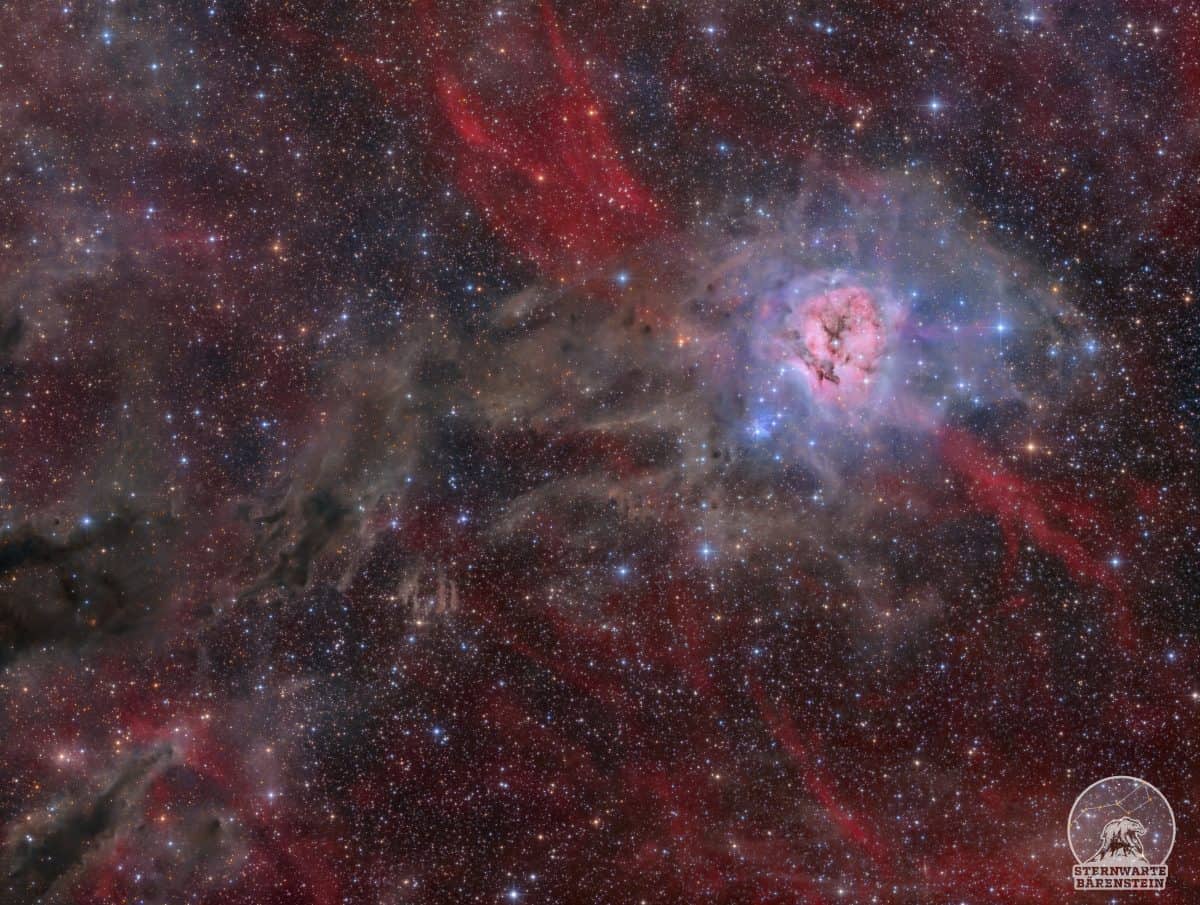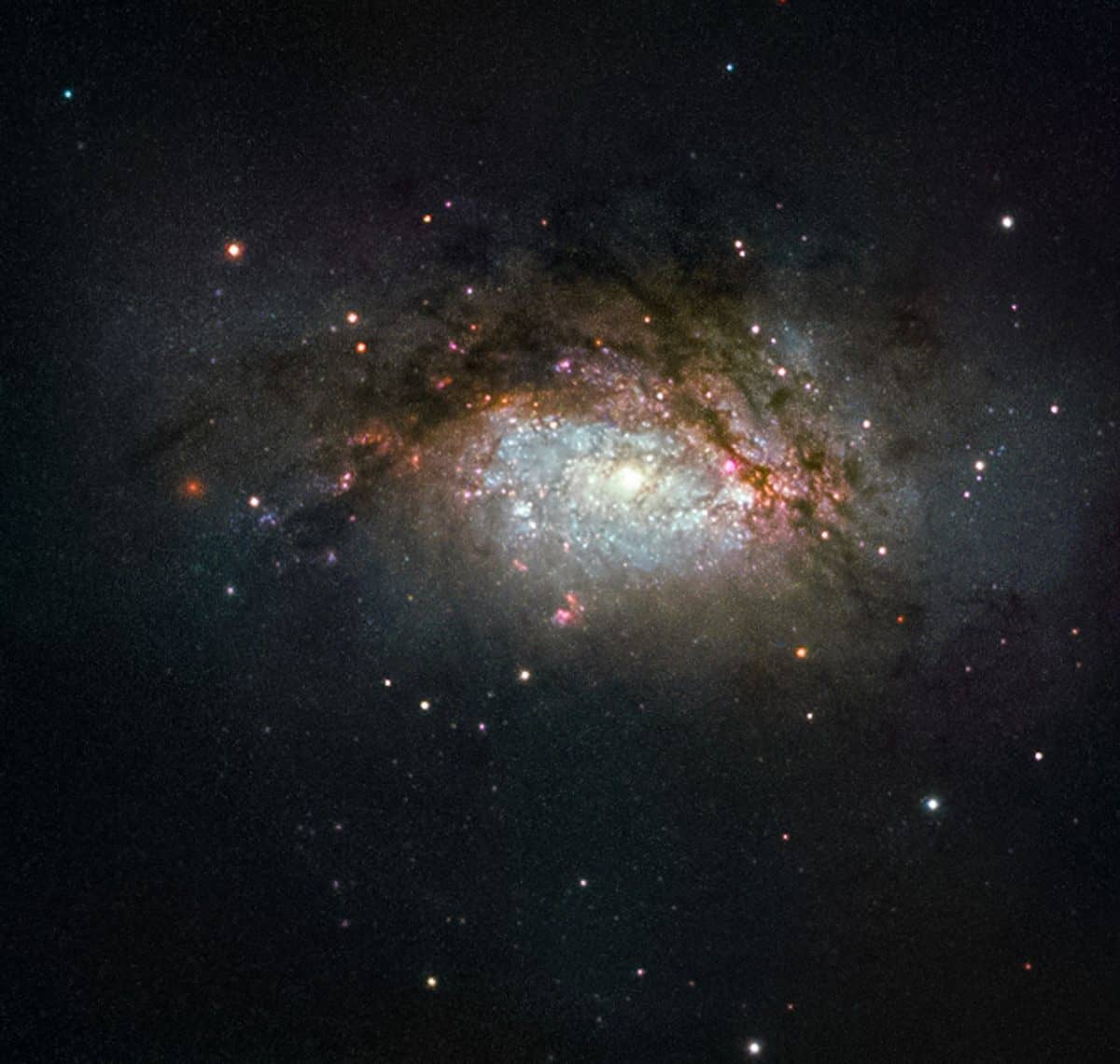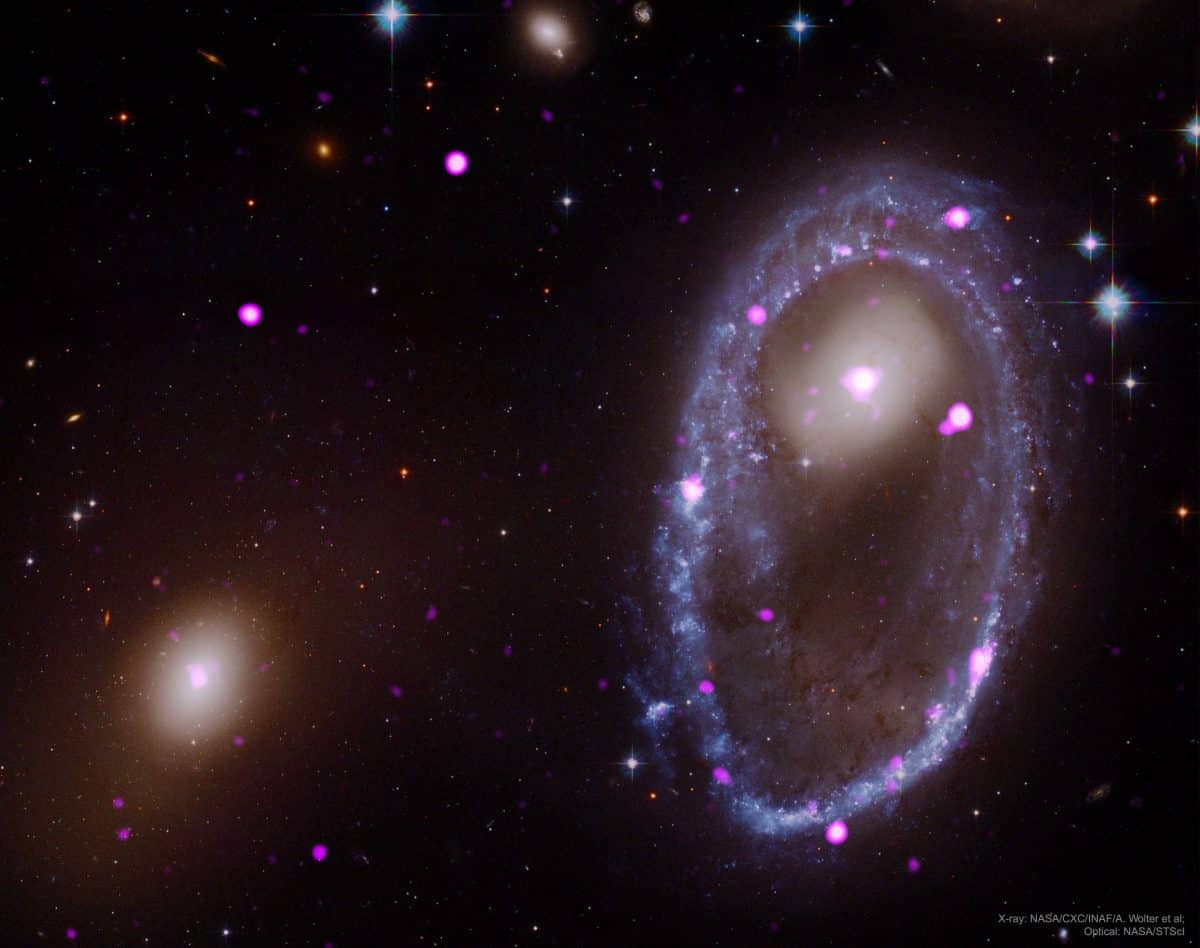Blog
Eric J. Gale (September 20, 1938 – May 25, 1994) was an American jazz and session guitarist.
Born in Brooklyn, New York, Gale began playing guitar at the age of 12. Although he majored in chemistry at Niagara University, Gale was determined to pursue a musical career, and began contributing to accompaniments for such stars as Maxine Brown, the Drifters, and Jesse Belvin. He soon began to attract the attention of King Curtis and Jimmy Smith, who began recommending him for studio work.[2] He became known first as a session musician in the 1960s, eventually appearing on an estimated 500 albums. Among the many artists he recorded with were Mose Allison, Aretha Franklin, Bob James, Paul Simon (Gale plays a supporting role in the 1980 film One-Trick Pony, written by and starring Simon), Lena Horne, Quincy Jones, Bob Marley, Nina Simone, Peter Tosh, Grover Washington, Jr., Herbie Mann, Esther Phillips, Joe Cocker, Carly Simon, Van Morrison, Al Jarreau, Dave Grusin, Lee “Scratch” Perry, Paul Douglas and Billy Joel. He also had played in Aretha Franklin’s stage band.
more...
Edwin Joseph Bocage (September 20, 1930 – March 18, 2009), known as Eddie Bo, was an American singer and pianist from New Orleans. Schooled in jazz, he was known for his blues, soul and funk recordings, compositions, productions and arrangements. He debuted on Ace Records in 1955 and released more single records than anyone else in New Orleans other than Fats Domino.
Eddie Bo worked and recorded for more than 40 different record labels, including Ace, Apollo Records, Arrow, At Last, Blue-Jay, Bo-Sound, Checker, Chess, Cinderella, Nola, Ric (for which business his carpentry skills were used to build a studio), Scram, Seven B, and Swan. He is described at Allmusic as “a sorely underappreciated veteran of the New Orleans R&B scene.”
Eddie Bo grew up in Algiers, Louisiana and in the Ninth Ward of New Orleans. He came from a long line of ship builders with the male members of his family being bricklayers, carpenters and masons by day and musicians by night. Eddie’s mother was a self-taught pianist in the style of friend, Professor Longhair. The Bocage family was involved in the traditional jazz community with cousins Charles, Henry and Peter, who played with Sidney Bechet, contributing to jazz orchestras before World War II.
more...Malta Folk Music
more...Accompanying Yom Kippur Service at Mt Zion Temple in St Paul Wednesday September 19th 2018 430pm
Yom Kippur, also known as the Day of Atonement, is the holiest day of the year in Judaism. Its central themes are atonement and repentance. Jewish people traditionally observe this holy day with an approximate 25-hour period of fasting and intensive prayer, often spending most of the day in synagogue services.
more...Inside the Cocoon Nebula is a newly developing cluster of stars. The cosmic Cocoon on the upper right also punctuates a long trail of obscuring interstellar dust clouds to its left. Cataloged as IC 5146, the beautiful nebula is nearly 15 light-years wide, located some 3,300 light years away toward the northern constellation of the Swan (Cygnus). Like other star forming regions, it stands out in red, glowing, hydrogen gasexcited by young, hot stars and blue, dust-reflected starlight at the edge of a nearly invisible molecular cloud. In fact, the bright star near the center of this nebula is likely only a few hundred thousand years old, powering the nebular glow as it slowly clears out a cavity in the molecular cloud‘s star forming dust and gas. This exceptionally deep color view of the Cocoon Nebula traces tantalizing features within and surrounding the dustystellar nursery.
(also Caldwell 19, Sh 2-125)
more...David Bromberg (born September 19, 1945) is an American multi-instrumentalist, singer, and songwriter. An eclectic artist, Bromberg plays bluegrass, blues, folk, jazz, country and western, and rock and roll. He is known for his quirky, humorous lyrics, and the ability to play rhythm and lead guitar at the same time.
Bromberg has played with many famous musicians, including Jerry Jeff Walker, Willie Nelson, Jorma Kaukonen, Jerry Garcia, Rusty Evans (The Deep) and Bob Dylan. He co-wrote the song “The Holdup” with former Beatle George Harrison, who played on Bromberg’s self-titled 1972 album. In 2008, he was nominated for a Grammy Award. Bromberg is known for his fingerpicking style that he learned from Reverend Gary Davis.
[arve url=”https://www.youtube.com/watch?v=hVG6-ZHiUbY” /]
George Lowen Coxhill (19 September 1932 – 10 July 2012),generally known as Lol Coxhill, was an English free improvising saxophonist and raconteur. He played the soprano or sopranino saxophone.
Coxhill was born to George Compton Coxhill and Mabel Margaret Coxhill (née Motton) at Portsmouth, Hampshire, UK. He grew up in Aylesbury, Buckinghamshire, and bought his first saxophone in 1947. After national service he became a busy semi-professional musician, touring US airbases with Denzil Bailey’s Afro-Cubists and the Graham Fleming Combo. In the 1960s he played with visiting American blues, soul and jazz musicians including Rufus Thomas, Mose Allison, Otis Spann, and Champion Jack Dupree.
more...Muhal Richard Abrams (born Richard Lewis Abrams; September 19, 1930 – October 29, 2017) was an American educator, administrator, composer, arranger, clarinetist, cellist, and jazz pianist in the free jazz medium. He recorded and toured the United States, Canada and Europe with his orchestra, sextet, quartet, duo and as a solo pianist. His musical affiliations is a “who’s who” of the jazz world, including Max Roach, Dexter Gordon, Eddie “Lockjaw” Davis, Art Farmer, Sonny Stitt, Anthony Braxton, and The Art Ensemble of Chicago.
Abrams’s mother, Edna, was born in Memphis. His father, Milton, was born in Alabama and moved with his parents to Chicago.
more...NGC 3597, also known as PGC 34266 and ESO 503-3, is a galaxy in the constellation Crater, approximately 147 million light-years away from us.
The subject of this NASA/ESA Hubble Space Telescope image is known as NGC 3597. It is the product of a collision between two good-sized galaxies, and is slowly evolving to become a giant elliptical galaxy. This type of galaxy has grown more and more common as the Universe has evolved, with initially small galaxies merging and progressively building up into larger galactic structures over time.
NGC 3597 is located approximately 150 million light-years away in the constellation of Crater (The Cup). Astronomers study NGC 3597 to learn more about how elliptical galaxies form — many ellipticals began their lives far earlier in the history of the Universe. Older ellipticals are nicknamed “red and dead” by astronomers because these bloated galaxies are not anymore producing new, bluer, stars in ages, and are thus packed full of old and redder stellar populations.
Before infirmity sets in, some freshly formed elliptical galaxies experience a final flush of youth, as is the case with NGC 3597. Galaxies smashing together pool their available gas and dust, triggering new rounds of star birth. Some of this material ends up in dense pockets initially called proto-globular clusters, dozens of which festoon NGC 3597. These pockets will go on to collapse and form fully-fledged globular clusters, large spheres that orbit the centres of galaxies like satellites, packed tightly full of millions of stars.
more...
Though he was certainly capable of brilliantly fronting a band, remarkably versatile guitarist/harpist Louis Myers will forever be recognized first and foremost as a top-drawer sideman and founding member of the Aces — the band that backed harmonica wizard Little Walter on his immortal early Checker waxings.
Along with his older brother David — another charter member of the Aces — Louis left Mississippi for Chicago with his family in 1941. Fate saw that the family move next door to blues great Lonnie Johnson, whose complex riffs caught young Louis‘ ear. Another Myers brother, harp-blowing Bob, hooked Louis up with guitarist Othum Brown for house party gigs. Myers also played with guitarist Arthur “Big Boy” Spires before teaming with his brother, David, on guitar and young harpist Junior Wells, to form the first incarnation of the Aces (who were initially known as the Three Deuces). In 1950, drummer Fred Below came on board.
In effect, the Aces and Muddy Waters traded harpists in 1952, Wells leaving to play with Waters while Little Walter, just breaking nationally with his classic “Juke,” moved into the frontman role with the Aces. Myers and the Aces backed Walter on his seminal “Mean Old World,” “Sad Hours,” “Off the Wall,” and “Tell Me Mama” and at New York’s famous Apollo Theater before Louis left in 1954 (he and the Aces moonlighted on Wells‘ indispensable 1953-1954 output for States).
Plenty of sideman work awaited Myers — he played with Otis Rush, Earl Hooker, and many more. But his own recording career was practically non-existent; after a solitary 1956 single for Abco, “Just Whaling”/”Bluesy,” that found Myers blowing harp in Walter-like style, it wasn’t until 1968 that two Myers tracks turned up on Delmark.
more...Frank Socolow (September 18, 1923 – April 30, 1981), born in New York City, was a jazz saxophonist and oboist, noted for his tenor playing.
Socolow began his career in the early 40s playing in swing bands led by Georgie Auld, Ted Fio Rito, Roy Stevens, Van Alexander and Shep Fields. In 1944 he landed the first of three stints (the others being in 1948 and 1956–57) with Boyd Raeburn‘s Orchestra, recording a number of records. In 1945 he recorded a session as leader (the first of only two) with Freddie Webster and a young Bud Powell for Duke Records.
He was a member of Buddy Rich‘s short-lived big band, toured Scandinavia 1947-48 with Chubby Jackson, joined Artie Shaw‘s big band 1949-50, and throughout the late 40s and the 50s recorded with a wide variety of artists including the aforementioned, Johnny Bothwell, Charlie Ventura, Gene Krupa, Sal Salvador, Maynard Ferguson, Terry Gibbs, Phil Woods, Cecil Payne, Manny Albam, Hal McKusick, Johnny Richards, Bill Russo, Joe Morello, and Bobby Scott. His second record session as leader, and only full album release, Sounds by Socolow, came in 1956 for Bethlehem Records, with arrangements by Bill Holman, Manny Albam, and Sal Salvador, the latter also contributing guitar. Socolow died in New York in 1981.
more...Lázaro Ros (1925-2005) was Cuba’s most famous akpwan, singer of Toruba ceremonial chants that invoke the Orishas. In 1962, he co-founded Conjunto Folklorico Nacional De Cuba, an ensemble dedicated to preserving the nation’s Afro-Cuban music and dances.
https://www.youtube.com/watch?v=K8-YxJ87EPU
more...https://www.youtube.com/watch?v=GPfdKiYUsKg
more...How could a galaxy become shaped like a ring? The rim of the blue galaxy pictured on the right is an immense ring-like structure 150,000 light years in diameter composed of newly formed, extremely bright, massive stars. That galaxy, AM 0644-741, is known as a ring galaxy and was caused by an immense galaxy collision. When galaxies collide, they pass through each other — their individual stars rarely come into contact. The ring-like shape is the result of the gravitational disruption caused by an entire small intruder galaxy passing through a large one. When this happens, interstellar gas and dust become condensed, causing a wave of star formation to move out from the impact point like a ripple across the surface of a pond. The likely intruder galaxy is on the left of this combined image from Hubble (visible) and Chandra (X-ray) space telescopes. X-ray light is shown in pink and depicts places where energetic black holes or neutron stars, likely formed shortly after the galaxy collision, reside.
AM 0644-741, also known as the Lindsay-Shapley Ring, is an unbarred lenticular galaxy, and a ring galaxy, which is 300 million light-years away in the southern constellation Volans.
more...Eugene McDuff (September 17, 1926 – January 23, 2001), known professionally as “Brother” Jack McDuff or “Captain” Jack McDuff, was an American jazz organist and organ trio bandleader who was most prominent during the hard bop and soul jazz era of the 1960s, often performing with an organ trio. He is also credited with giving guitarist George Benson his first break.
Born Eugene McDuffy in Champaign, Illinois, McDuff began playing bass, appearing in Joe Farrell’s group. Encouraged by Willis Jackson in whose band he also played bass in the late 1950s, McDuff moved to the organ and began to attract the attention of Prestige while still with Jackson’s group. McDuff soon became a bandleader, leading groups featuring a young George Benson on guitar, Red Holloway on tenor saxophone and Joe Dukeson drums.
McDuff recorded many classic albums on Prestige, including his debut solo Brother Jack in 1960; The Honeydripper (1961), with tenor saxophonist Jimmy Forrest and guitarist Grant Green; Brother Jack Meets The Boss (1962), featuring Gene Ammons; Screamin’ (1962), with alto saxophonist Leo Wright and guitarist Kenny Burrell; and Brother Jack McDuff Live! (1963), featuring Holloway and Benson, which includes his biggest hit, “Rock Candy”.
more...Blind James Campbell (September 17, 1906 – January 22, 1981) was an American blues singer and guitarist. He is mostly remembered for his 1962–63 recording for the Arhoolie label with his Nashville Street Band.
James Campbell was born in Nashville, Tennessee, on September 17, 1906. He later became known as Blind James Campbell after an accident at a fertilizer plant left him permanently blinded. In 1936 he formed a band and began playing folk, country, pop, jazz and blues music at parties, dances and for other local events. The Nashville Street Band consisted of fiddler Beauford Clay (born 1900) who was a great influence on Campbell’s playing, second guitarist Bell Ray (born 1909), bass horn player Ralph Robinson (born 1885), and trumpeter George Bell.
more...More Posts
- Alphonse Mouzon
- Fairuz
- Charlie Palmieri
- Coleman Hawkins
- World Music with Hamza el Din
- Daily Roots with Augustus Pablo
- Surviving the Pandemic and Realizing Racial Justice
- The Cosmos with OH 231.8+04.2
- Duane Allman
- Meredith Monk
- Dr. John
- Flamenco Fridays with José Valencia
- Daily Roots with the Upsetters
- Surviving the Pandemic and Realizing Racial Justice
- The Cosmos with NGC 1015
- George Freeman
- Kenny Werner
- Joe Hunter
- Tommy Dorsey
- World Music with Lakha Khan


